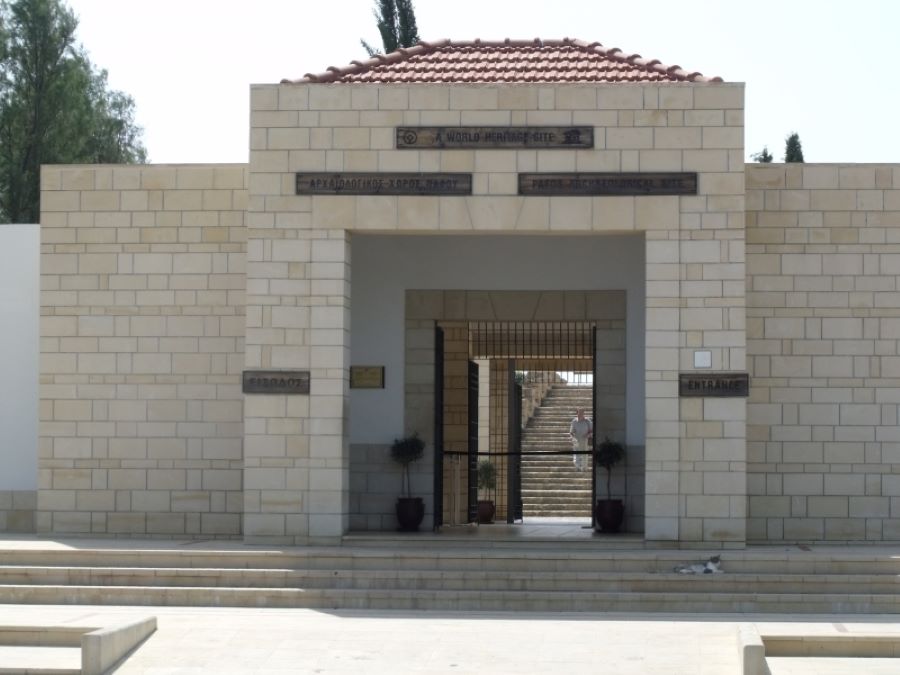Learn & Explore the Archaeological Museum in Paphos

Credit: El Nino / CC BY-SA 3.0
You don’t always have to visit a museum or the local art galleries to learn about the culture, the lifestyle or the artistic inspiration in a city. But there is something to be said for visiting places of historical significance. Many attractions in Paphos like Aphrodite Rock, can tell you about the story of a city, but the Archaeological Museum is an excellent place to learn and gain a unique insight.
The Paphos Archaeological Museum was first established in 1964 with the hope of educating locals and incoming tourists and visitors regarding the culture and life during ancient times. Since then, the museum has rapidly expanded with several additions, including the most recent exhibition gallery opened in 1989.
The Archaeological Museum is the perfect place to house uncovered culturally significant artefacts from the Neolithic period until the 18th century. The museum follows a fixed path focusing on the chronological order of development. Here, you can find coins, tools, jewellery and pottery used by the locals during that time.
The museum in Paphos consists of five exhibition rooms providing an interactive experience throughout the years. The first and second gallery consists of prehistoric items found in Paphos, including ceramic vessels from the Bronze Age and a collection of coins used. The third gallery includes Roman and Hellenistic inspiration, while the fourth gallery has murals from houses and tombs showing the period of Christian and Arab raids. The last room is the most interesting because it houses a collection of medieval antiquities, including early designed glass vessels, stone sculptures, paintings and even glazed pottery during the Venetian period.
The museum is not just a place for history enthusiasts but also for avid learners, especially children. It provides them with hands-on experience while learning about the city and the culture of the people who lived before them.
Leave a Reply